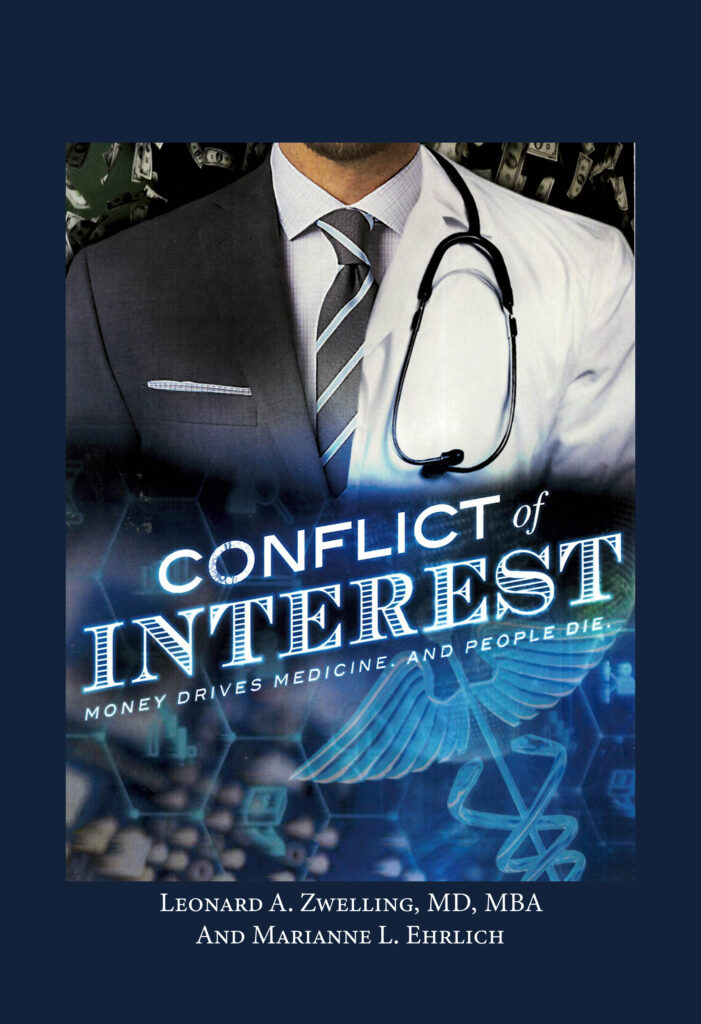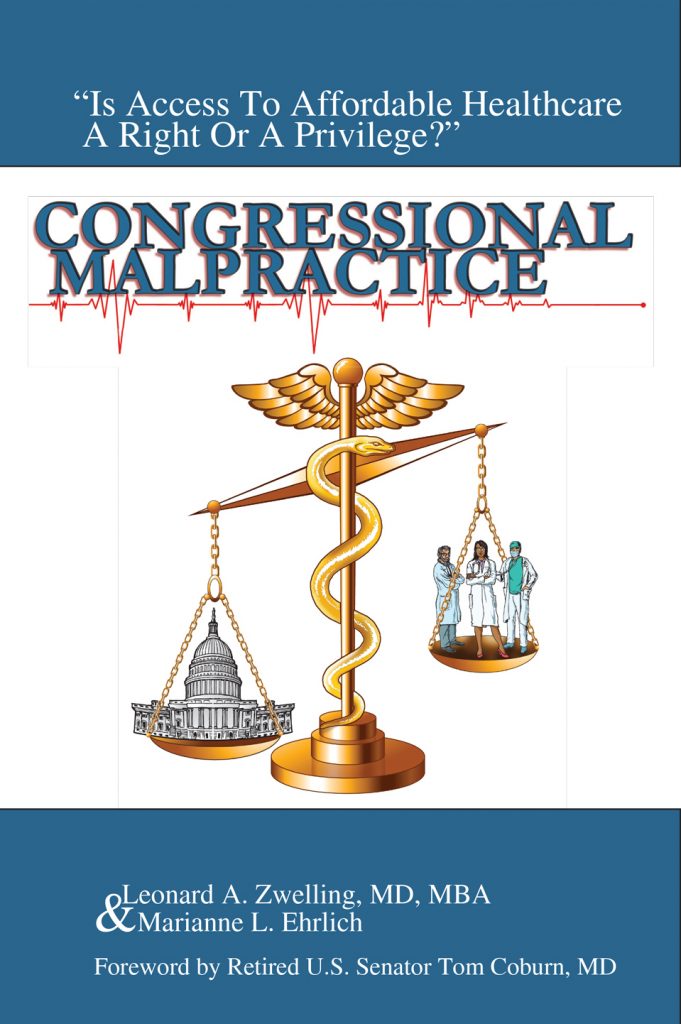The MD Anderson Annual Report: A Confusing Document
By
Leonard Zwelling
It arrived on little cat’s feet in our mailbox. It’s a white booklet with no picture on the front at all. There’s a big 75 in pastel hues on the cover indicating the age of the hospital and inside there are lists.
There is a list of all the members of the Board of Visitors on page 42 with pictures of the leaders of that board as well. What follows is a long list of various donors suggesting what the purpose of the so-called “annual report” really is. It’s a piece of public relations aimed at those donors to congratulate them for giving and to urge them to give more. Nothing wrong with that.
On page 36 are pictures and a list of the Shared Governance Committee. There are twenty-five headshots shown. If you subtract all the administrators and all the Division Heads, you will be left with four individuals indicating the problem with the laughable notion that this is a shared governance committee that gives voice to the faculty. Despite the absence of the past president, the left overs from his administration are all still in evidence suggesting nothing has really changed at MD Anderson.
My favorite part of the booklet starts on page 68, the financial statements.
There are a couple of interesting takeaways.
First, the deductions ($4B) from gross patient revenue ($7.5B) exceed 50%. That’s a remarkable discount even Amazon would find debilitating. It suggests a huge problem. If the gross patient revenues (the hospital charges) are based on prices derived from costs and on average the discount for the services is in excess of 50%, no wonder the hospital ran into red ink.
The state portion of the revenue is only $200 M on a $4.5 B budget showing how little the state contributes (less than 5%) for 100% control. I’m not sure that’s a good deal at all. For $200 M MD Anderson could be out from under the Chancellor, the Vice Chancellor, the Board of Regents and the State Legislature. That sounds like a good deal to me. It would mean, however, that there would be no state treasury to come to the rescue the next time the leadership outspends an unlimited budget as it seems to be doing on a regular basis.
Expenses were set to equal the revenue by plowing the excess into the capital plan. It appears as if the institution is operating at a 4.6% margin and we know that isn’t true from reading the Chronicle. The place was in the red to the tune of $500 M. Where are those data?
There is no indication in any of the tables or graphs of the extreme shortfalls that characterized this period in the life of MD Anderson. Thus, these are phony financials aimed at assuring those with deep pockets that all is right with the world. It’s not.
Moving on to the metrics of clinical activity, one has to be impressed that all indicators are off from previous years, thus explaining at some level the problem with the finances that we know really does exist.
Philanthropy is set at just under $300 M, far below the money taken in by St. Jude. Why is that?
This is not a happy annual report. Perhaps that is to be expected as the UT System begins its search for a new leader for MD Anderson. The inside back cover of the annual report has a picture to honor the late, great Mickey LeMaistre. I am glad he is not here to see this report. It’s an embarrassment.
MD Anderson has a huge cancer network spread over the globe, but seems to be in more economic woes than ever. Despite all the expansion the clinical activity is down. No one believes for a minute the financials showing the place breaking even and the quality of the leadership has not improved with the resignation of the past president. The ad interim folks are new to their jobs and still brailing their way through the day. Those still doing their previous jobs should have been replaced with the passing of the presidential baton.
If this annual report represents the best the Chancellor can do, perhaps it is he who needs replacing. The time is long overdue for real change in the executive suite at MD Anderson with particular attention to the Executive Vice Presidents and Senior Vice President.
All we can hope for is that the document released a year from now gives far more hope to cancer patients, donors, faculty members and state representatives than this one does and that MD Anderson is back on track. I give this report a D.
The little white envelope that fell out of the report suggests what its real purpose is. Given the performance of the leadership in Austin since the resignation of the last president—good luck with that!




